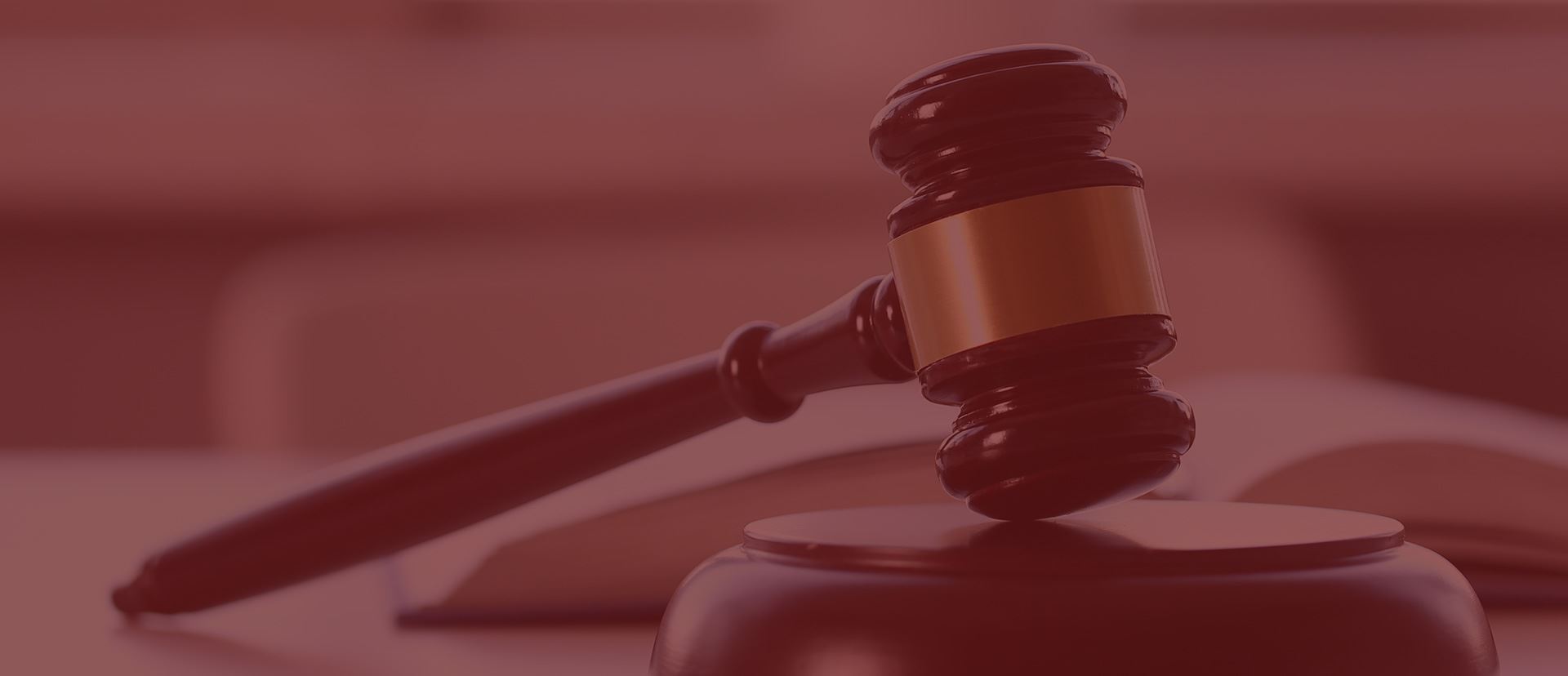Many of my current and potential clients believe that they have been injured by a pharmaceutical drug or a medical device. Often these clients read about pending lawsuits in the news or see a commercial on television that makes them aware of the potentially harmful side-effects of a defective drug or medical device. Frequently lawsuits that are directed at the pharmaceutical industry have large numbers of people –the plaintiffs - seeking retribution from the makers of the drugs/devices – the defendants. When this happens, the courts may try to handle the large number of similar lawsuits by consolidating them into one court, at least for preliminary proceedings. When there are large numbers of similar lawsuits, they are often referred to as Mass Torts. There are two primary ways the court system often brings cases together with the goal of judicial economy: Class-Action Lawsuits and Multidistrict Litigations (MDLs). It is important to note that Class Action and MDL lawsuits are used for many different types of civil lawsuits, not just defective drugs and medical devices.
What is a Class-Action Lawsuit?
A Class-Action Lawsuit occurs when a large group of plaintiffs have the same claim of damage or injury against one or more common defendants. Generally, one plaintiff or a small group of plaintiffs obtain a lead attorney to file a complaint in state or federal court against the defendant(s). The court will decide to go forward with a class action if:
- The cases have common facts or legal questions
- The lead plaintiff has claims that are the same as or substantially similar to the claims of the other plaintiffs
- The lead plaintiff will fairly and adequately protect the interests of the class
Class actions are often granted by the court in the interest of saving time and money for the court (“judicial economy”), the plaintiffs and the defendant(s). If the court approves (or “certifies”) the class, all members of the class are notified and given the option of excluding themselves. If they remain in the class (meaning they do not “opt out” of the class to pursue their claim individually), they are bound by court rulings, settlement agreements and any other results (e.g. jury verdict) in the case and cannot file an individual lawsuit.
What is a Multi-District Litigation?
A Multi-District Litigation (MDL) is also for a large group of plaintiffs against a common defendant or defendants. MDLs are more appropriate where there are common defendants, but the Plaintiff’s damages are not exactly the same as damages to other plaintiffs. Typically,MDL’s are consolidated for pre-trial purposes only. The cases are consolidated for efficiency by allowing one judge to preside over all pretrial activities, discovery and often settlement conferences. MDLs are used in an attempt to save resources of the court, the defense and the plaintiff, to avoid duplicity of discovery, and to offer consistent rulings across similar lawsuits involving similar injuries and legal issues.
A seven member panel called the U.S. Judicial Panel on Multidistrict Litigation (JPML), determines if a group of lawsuits should be consolidated into an MDL. If the lawsuits become an MDL, all are transferred to a single U.S. Federal District Court, and the judge in that court appoints lead counsel. After pretrial motions and after the plaintiff’s lawyers and the defense lawyers exchange evidence, the judge may dismiss some of the claims (or the entire case), or the judge may recommend the two sides enter into settlement discussions. If a settlement is not reached the cases are sent back to the original court in which the cases were filed for individual trials. Sometimes the Court and/or the parties select a few cases for trial (“Bellwether” cases) so that all can determine how juries will see the evidence. Bellwethers often educate the parties and the court as to which side has the stronger position/likelihood of success.
EXAMPLES OF CURRENT MASS TORTS:
- Xarelto (a blood thinner)
- Zofran (an anti-nausea drug)
- IVC filters (surgical device for blood clots)
- Risperdal (anti-psychotic medication)
- Invokana and Actos (diabetes drugs)
- Taxotere (chemotherapy drug)
- Nexium (proton pump inhibitor – antacid)
- Transvaginal Mesh (pelvic repair surgery device)
- Abdominal/Hernia/Surgical Mesh (hernia repair surgery device)
- Stryker Hip Implants
- Zimmer Knee Replacements
- Talc (baby powder)
I have evaluated and continue to evaluate both class action and MDL mass torts for clients. I regularly attend training and conferences on mass tort litigation and spend time keeping up with current and potential mass torts and their standings in the court system. The class action and MDL process can be challenging for both the clients and the attorneys involved so it is important to stay educated and abreast of the mass tort world. When dealing with mass torts, individual plaintiffs are very often in a “David vs Goliath” situation. The defendants are generally large pharmaceutical or medical device companies with seemingly unlimited financial and legal resources. Grouping cases together in an MDL or a Mass Tort can often give the individual plaintiffs strength-in-numbers and, perhaps, some leverage and streamlining of the processes in litigating and, potentially, resolving a claim.
